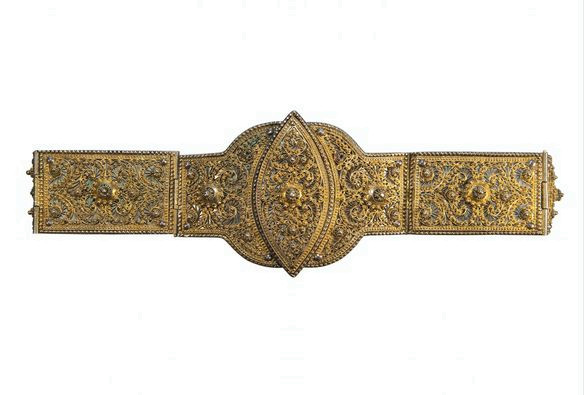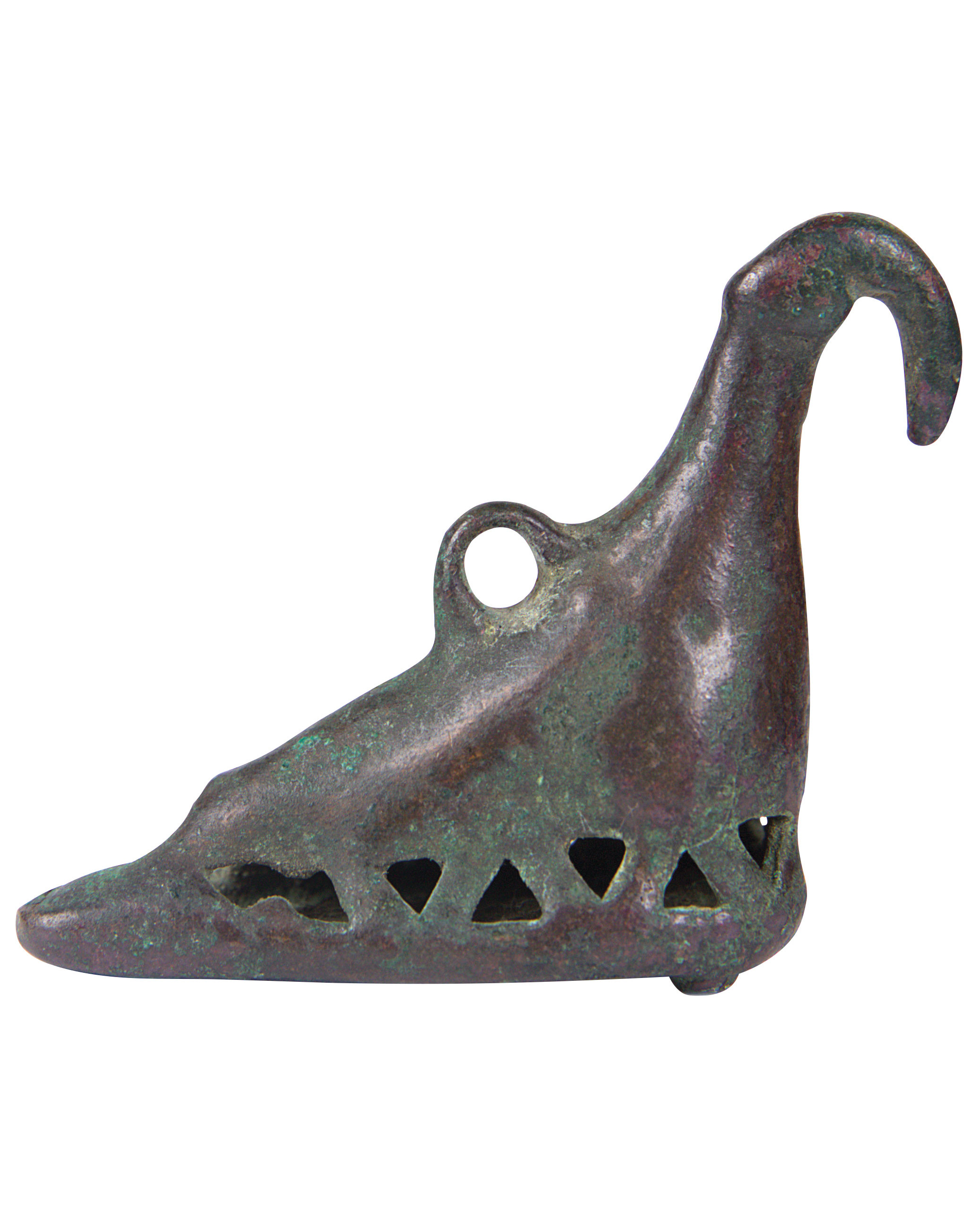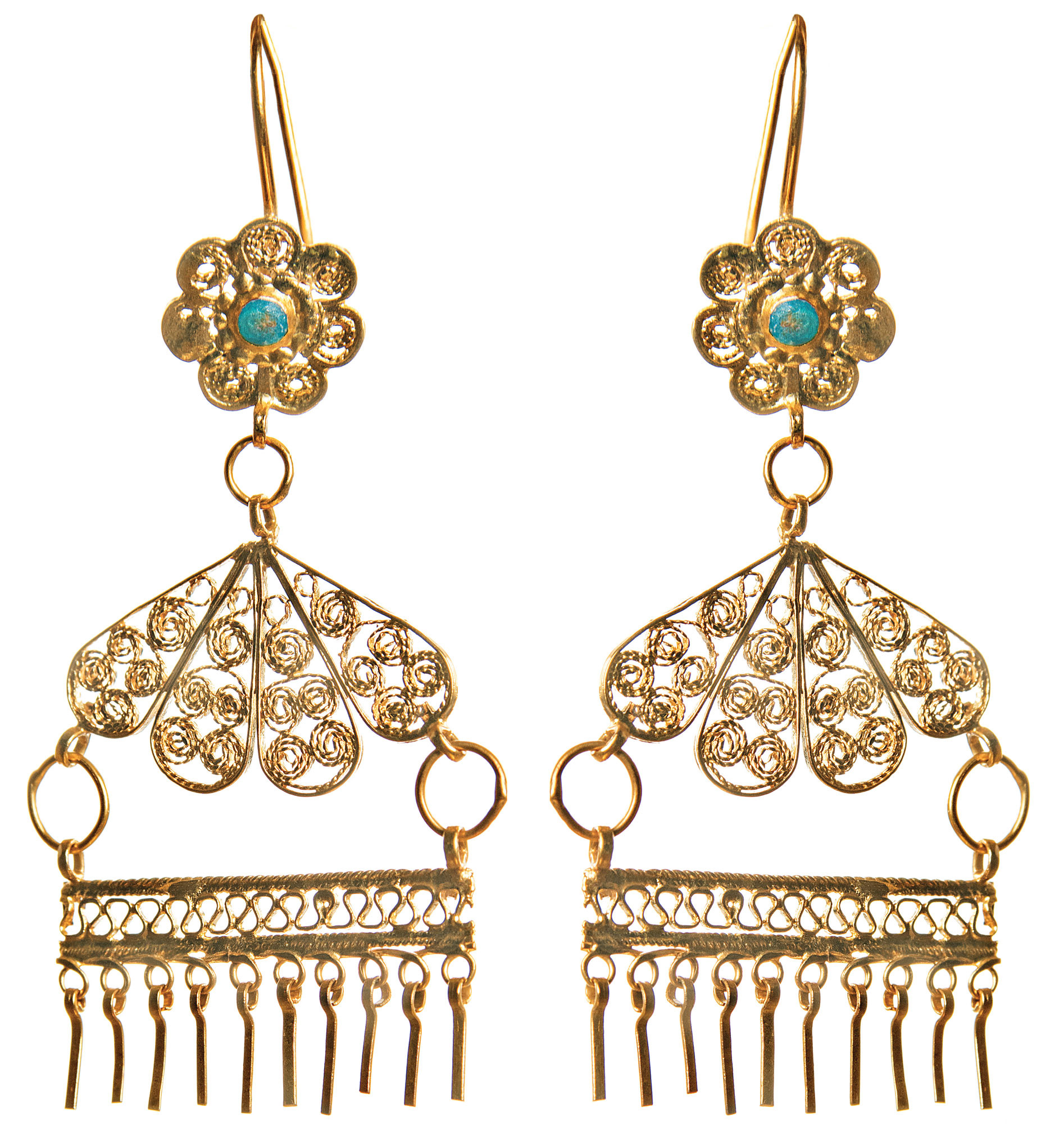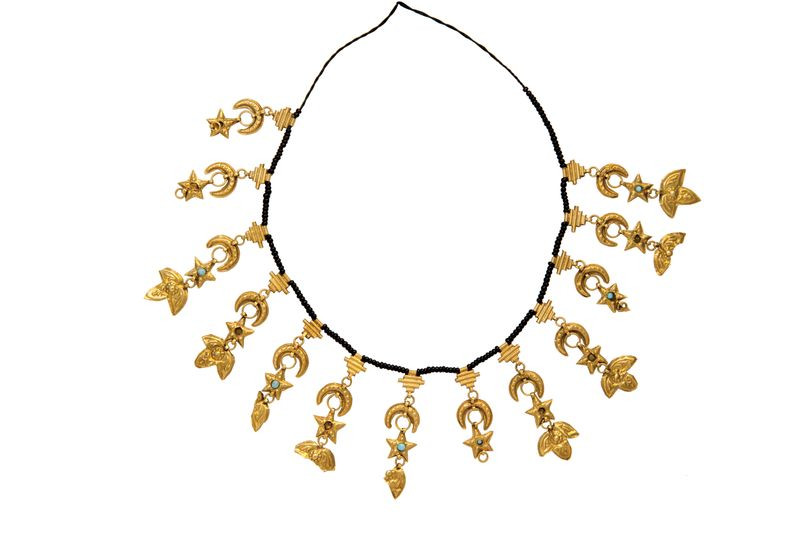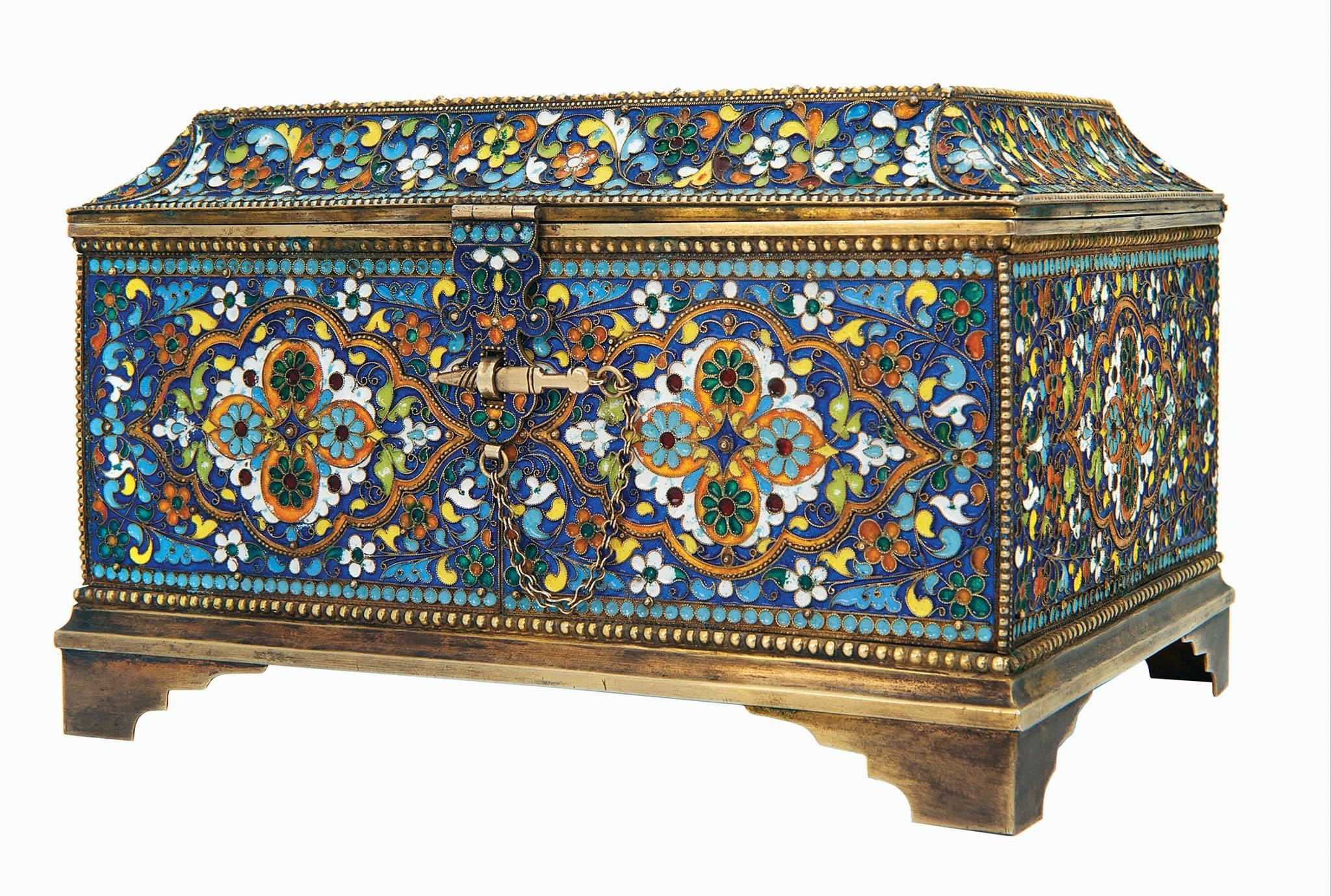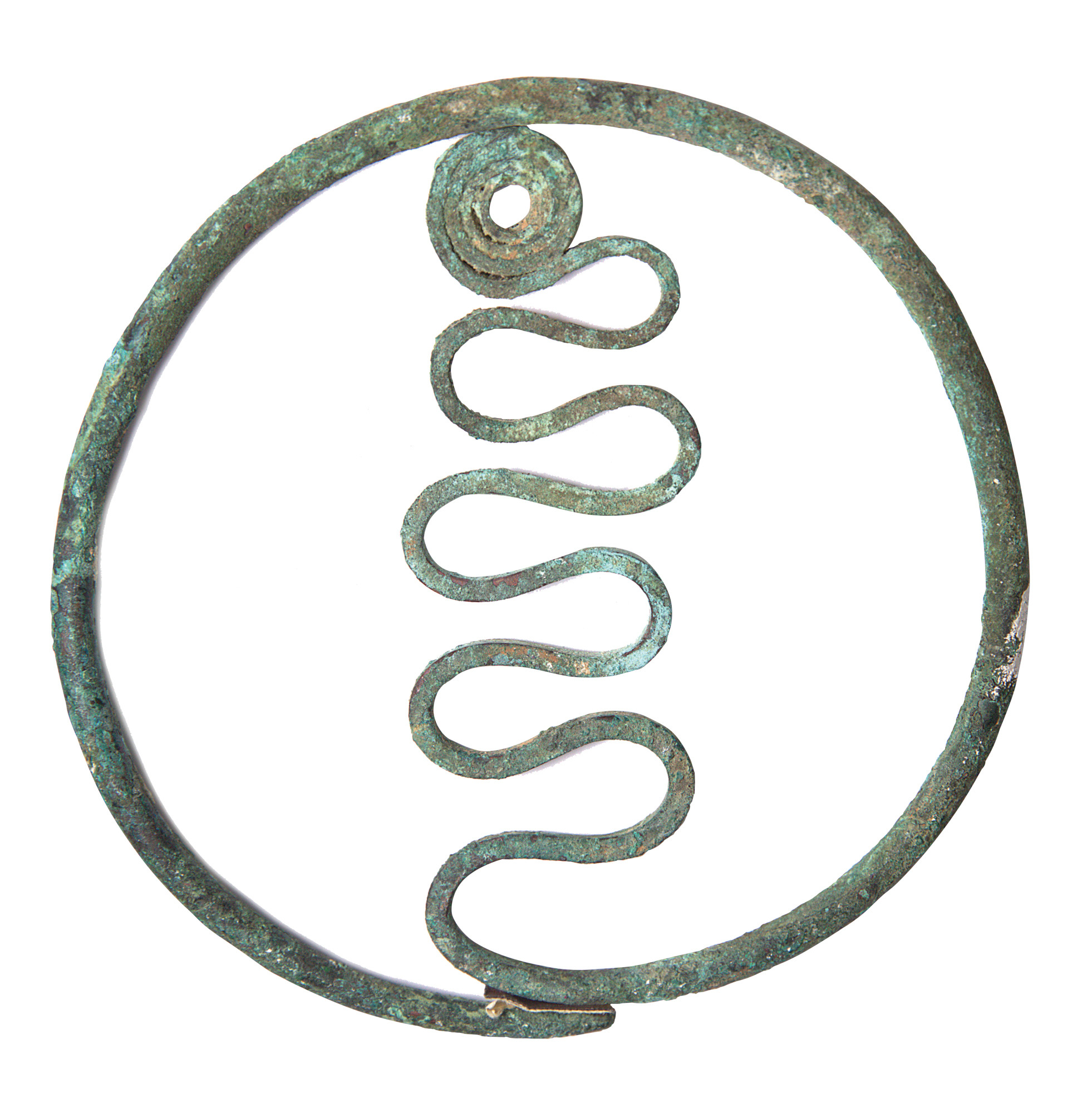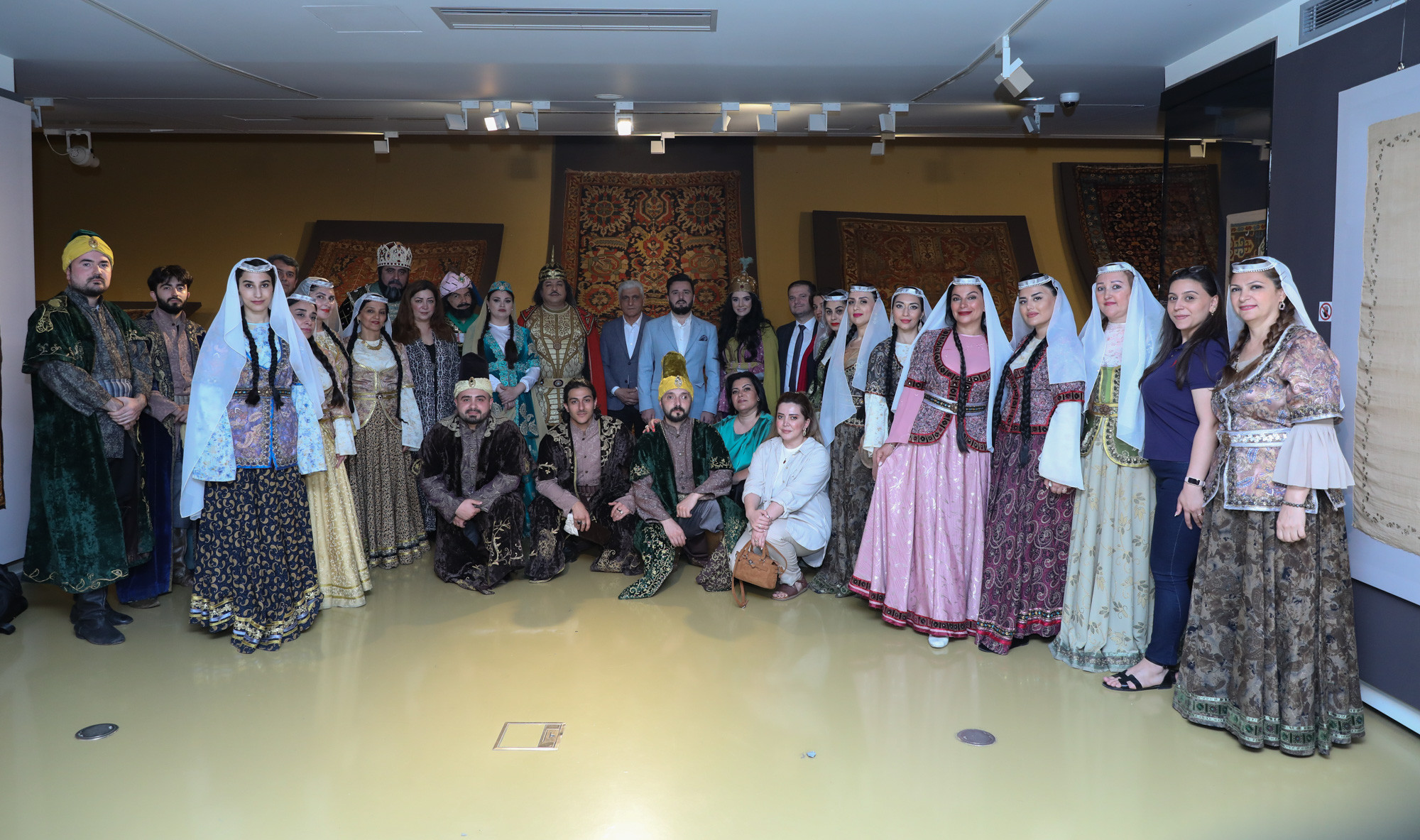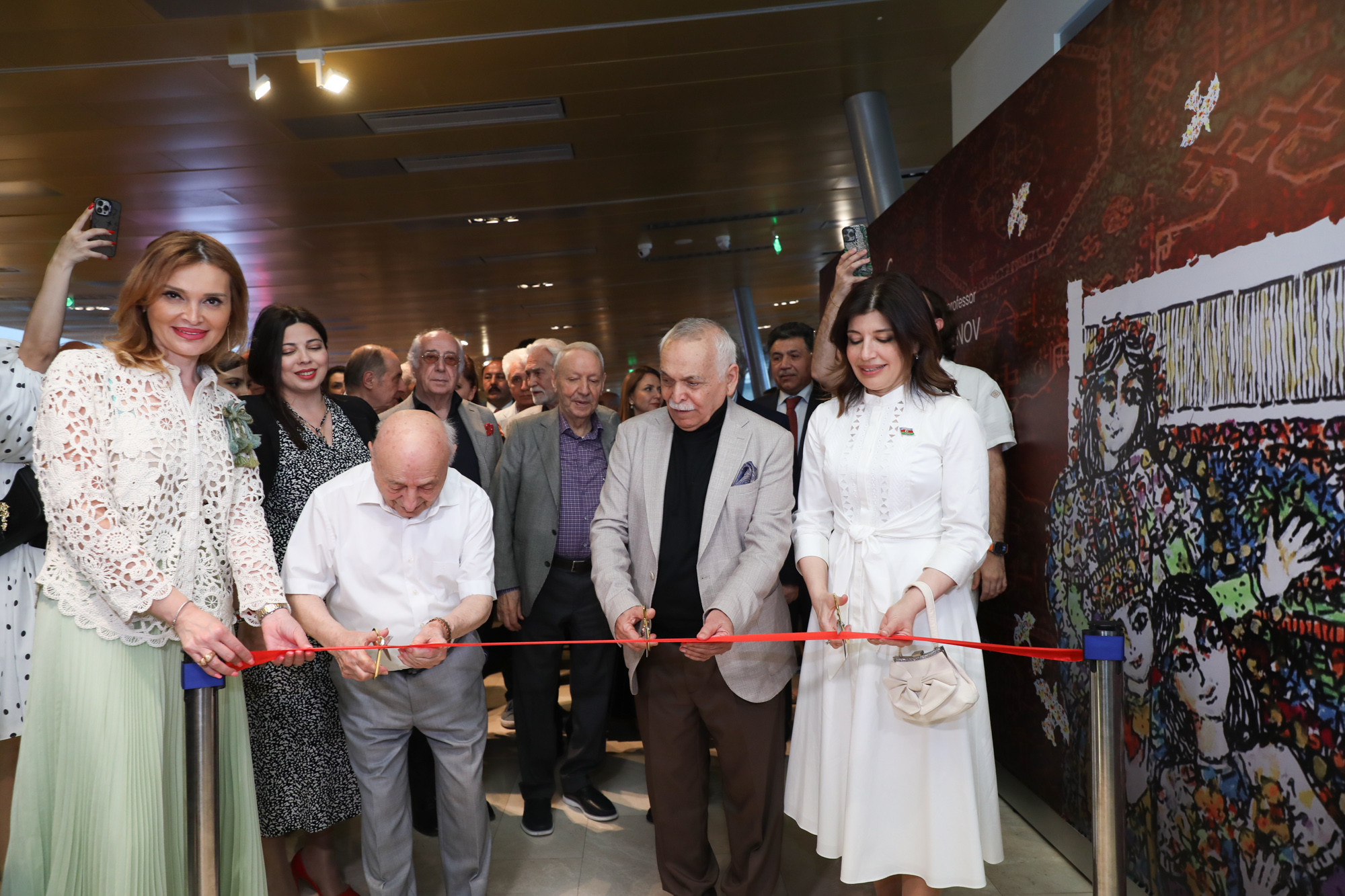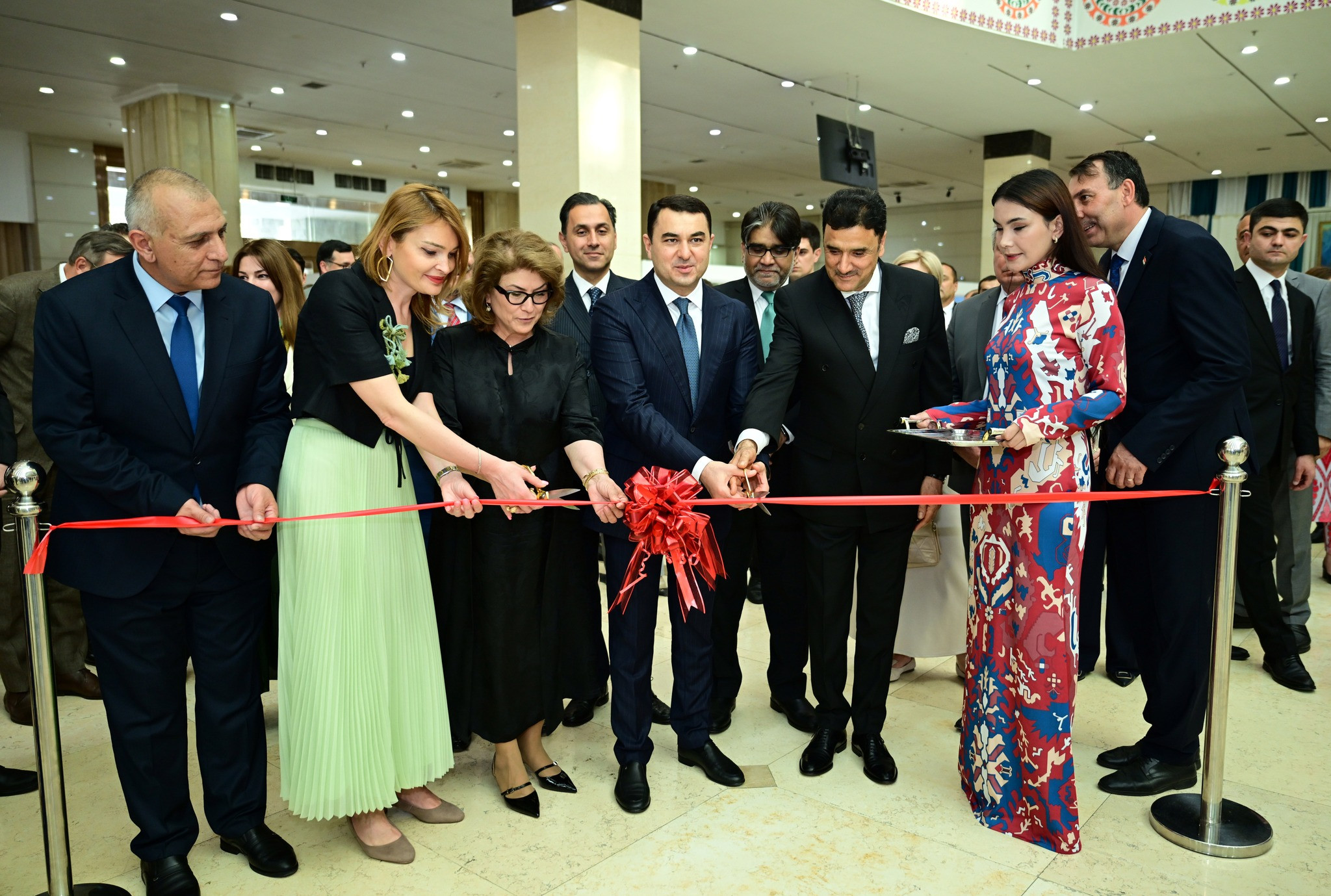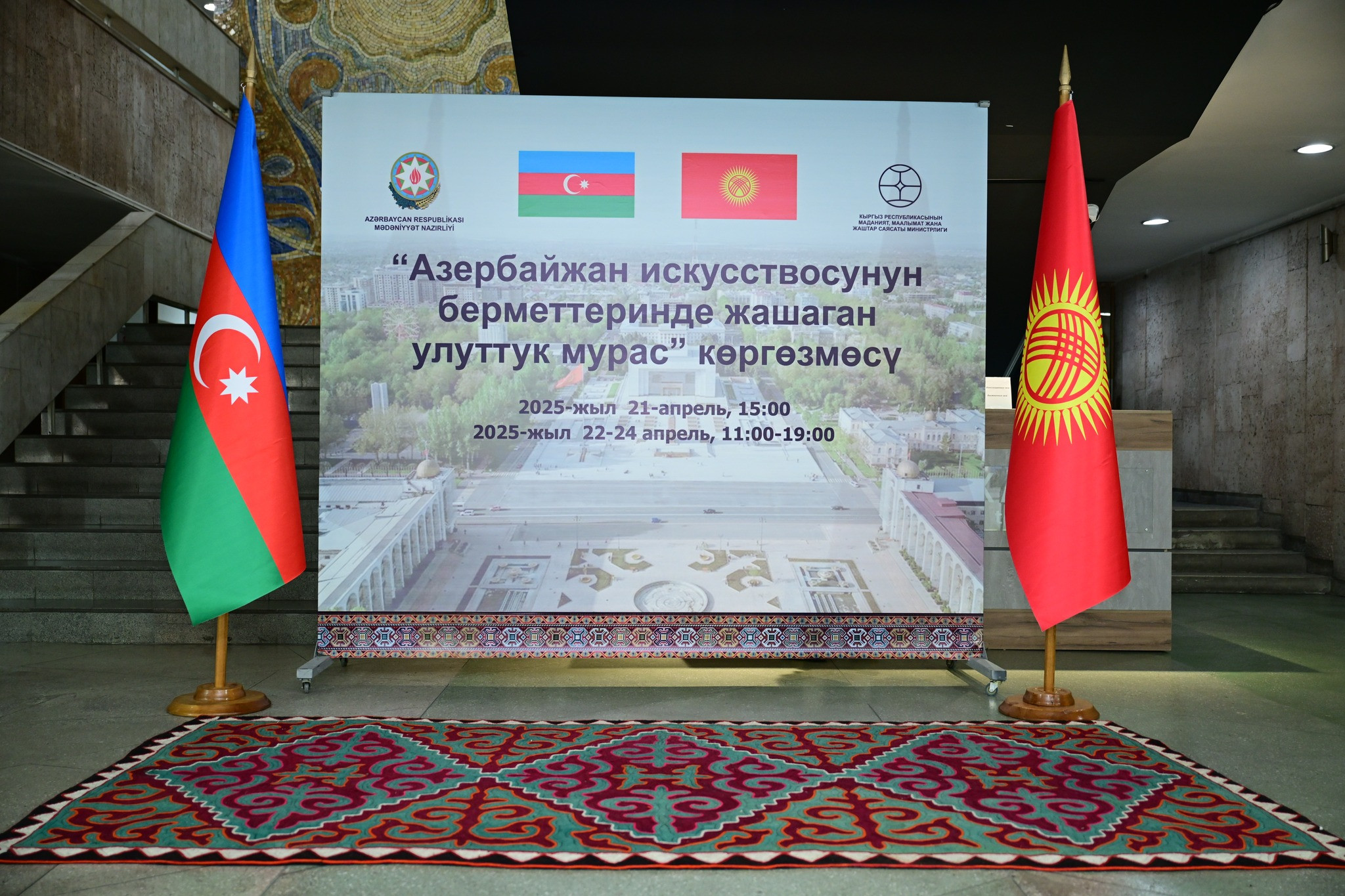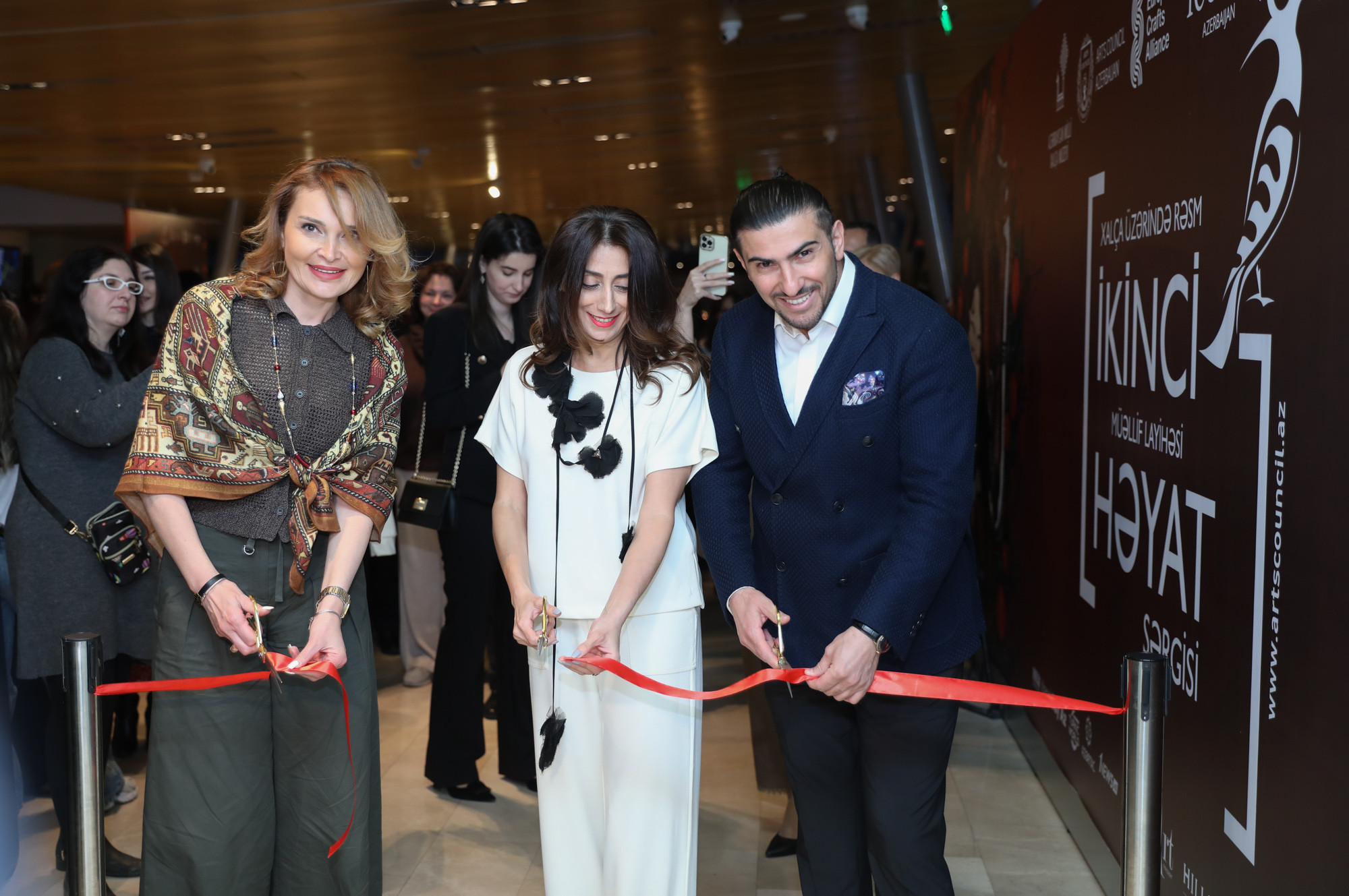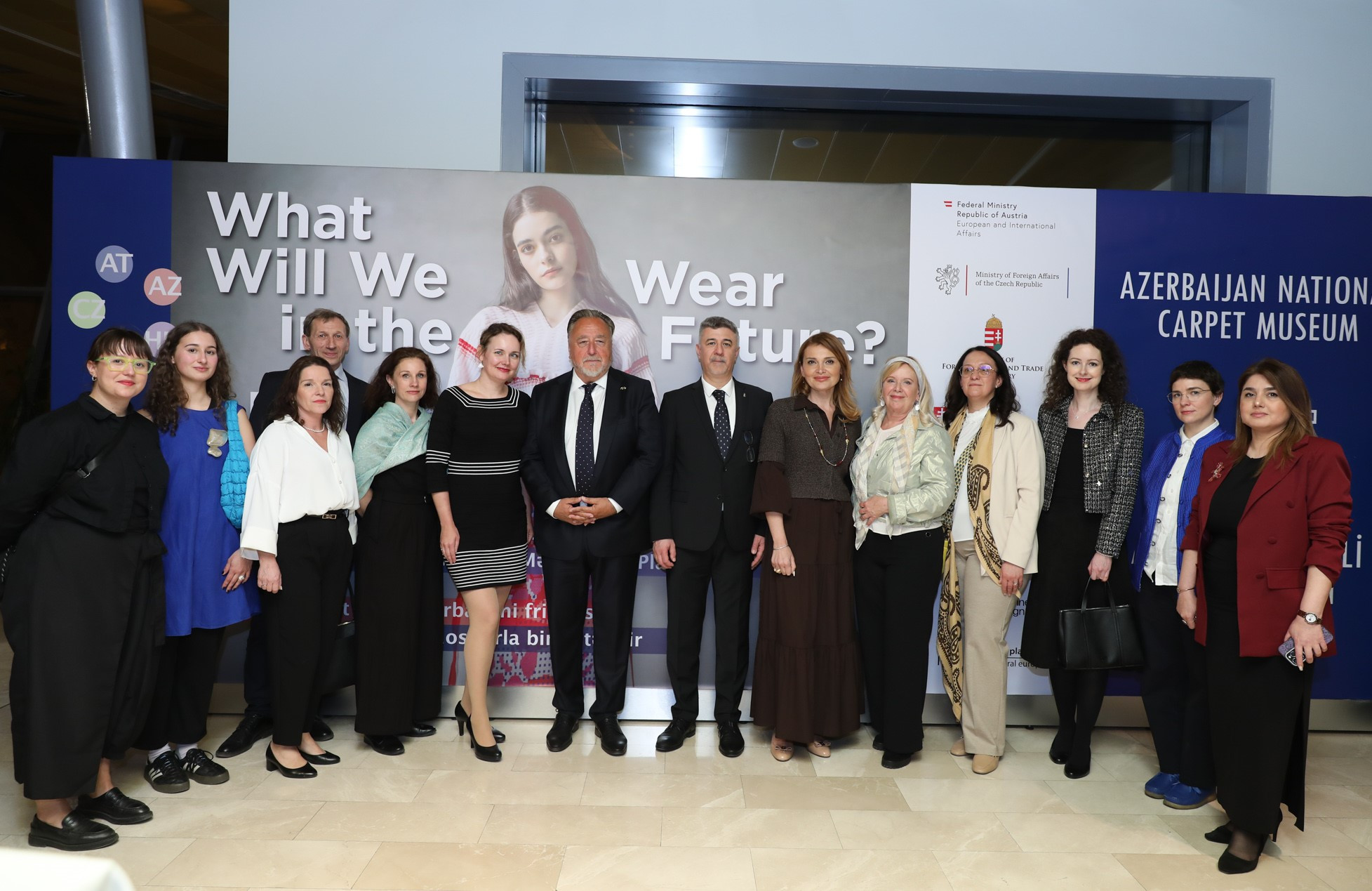Jewelry
The “Jewelry” collection contains 817 items. Most of them belong to the 19th-early 20th century. However, the oldest are from the Bronze Age (late 3rd-early 2nd millennium BC): swords, earrings, bracelets, and totemic figures of birds. The collection includes almost all types of women’s jewelry: dumcha (headdress); earrings – piyalazang, sabat; sinebend (necklace), bogazalty (stacked necklaces); bracelets for arms and legs; rings; belts and buckles.
Breast amulet cases in women’s jewelry sets occupied a special place in Azerbaijan, where they were considered as a talisman. Miniature versions of the Koran, prayers and spells, money for alms distribution, and other items imbued with magical significance were placed in these cases. The museum funds also have a small amount of household items, such as caskets, surmadan (container for antimony), and bottles of perfume.
Daggers and swords belonged to men take their rightful place in the jewelry collection. In addition, tasbeh (prayer beads), hookahs, mushtuk, and other items decorated with filigree ornament differ with richness of decoration.
Forging, casting, stamping, carving, engraving, filigree, granulation, niello, enamel, and inlay were techniques used to decorate jewelry. The collection also stores gold and silver jewelry made by contemporary artists: Nina Pashayeva, Haji Shamov, Jamal Eyyubov, Ali Ahmadov, Alimukhtar Zeynalov, and Rashid Mammadov, who continue the tradition of Azerbaijani jewelry art.


